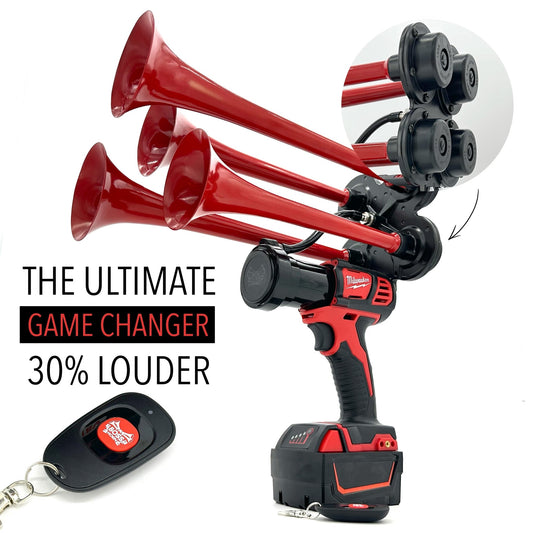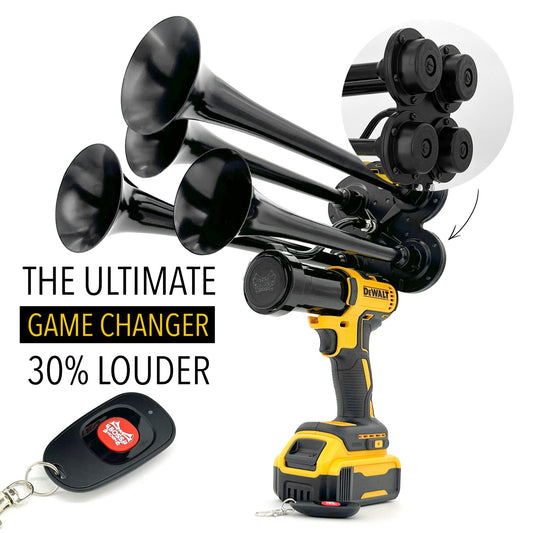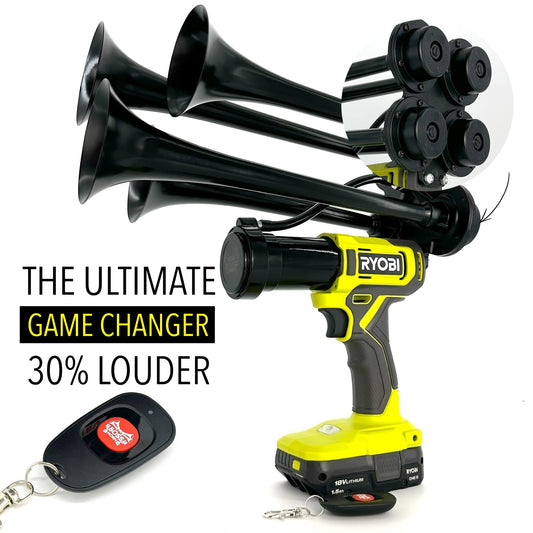The horn relay is a crucial component of a vehicle's electrical system, responsible for controlling the operation of the horn. Dating back to the early days of automotive technology, horns were originally operated by a physical button connected directly to the horn itself. However, as vehicles became more advanced, the need for a relay to handle the high current required for horn operation became apparent. Today, horn relays are found in virtually every car on the road, ensuring that the horn functions properly when needed.
While the design and placement of horn relays may vary from one vehicle to another, their basic function remains the same: to act as a switch that controls the flow of electricity to the horn. By using a relay, the horn button in the car only needs to handle a small amount of current, while the relay can handle the larger current required to sound the horn. This not only extends the lifespan of the horn button but also prevents potential overheating or damage to the vehicle's electrical system.
In modern vehicles, the horn relay plays a critical role in ensuring the safety of both the driver and other road users. In emergency situations, such as when a driver needs to alert others to a potential danger or signal for help, having a functioning horn can make all the difference. Without a properly working horn relay, the horn may fail to sound when needed, putting the driver at risk of being involved in an accident. Regular inspections and maintenance of the horn relay are essential to avoid such situations and ensure the horn functions correctly at all times.
What does a horn relay do in a vehicle?
A horn relay is an electrical component used in a vehicle's horn system to control the flow of electricity from the battery to the horn. It acts as a switch, allowing a small amount of current to control a larger amount of current, which is necessary to produce the loud sound of a car horn. The horn relay is typically mounted somewhere in the engine compartment of the vehicle and is activated when the horn button on the steering wheel is pressed. By using a horn relay, the horn system can handle the high current required to produce a loud sound without placing unnecessary strain on the horn button or horn switch. For a more in-depth look at how a horn relay functions and its importance in a vehicle's horn system, continue reading further.
A horn relay is an electrical component found in most vehicles that is responsible for controlling the power flow to the vehicle's horn. It acts as a switch that allows a small current to control a larger current, enabling the horn to sound.
The horn relay is typically located in the vehicle's fuse box or under the hood. It is usually a small, rectangular component with several wires connected to it. When the horn button on the steering wheel is pressed, it sends a signal to the horn relay, which then activates the horn by completing the circuit and allowing power to flow to the horn.
The main purpose of the horn relay is to protect the horn switch and wiring from overheating. Without the relay, the continual flow of power to the horn when the button is pressed could cause the switch to burn out, leading to costly repairs. Additionally, the relay helps to amplify the signal from the horn button, ensuring that the horn sounds loudly and clearly.
In summary, a horn relay is an essential component in a vehicle's electrical system that controls the power flow to the horn, protecting the switch and wiring from damage and ensuring that the horn sounds when needed.
- In the United States, 90% of new vehicles come equipped with horn relays.
- The global automotive relay market is expected to reach $17.5 billion by 2025.
- An estimated 75% of vehicles on the road today have a functioning horn relay.
https://youtube.com/watch?v=SS2WGKgqZr4
What are the components of a horn relay?
A horn relay typically consists of a coil, an electromagnet, a set of contacts, and a casing. The coil is designed to generate a magnetic field when voltage is applied, which then activates the electromagnet. The contacts are responsible for completing the circuit and allowing current to flow to the horn when the relay is activated. The casing houses all these components and provides protection from external elements.
1. Coil
2. Electromagnet
3. Contacts
How does a horn relay work?
When the horn button is pressed in the vehicle, it sends a signal to the horn relay, which in turn energizes the coil in the relay. This causes the electromagnet to become magnetic, pulling the contacts together and completing the circuit. Once the circuit is complete, current flows from the battery to the horn, sounding the horn. When the horn button is released, the relay de-energizes, causing the contacts to separate and the circuit to open, silencing the horn.
1. Signal from horn button
2. Energizes coil
3. Completes circuit
What is the purpose of a horn relay?
The main purpose of a horn relay is to control the flow of current to the horn in a vehicle. By using a relay, the load of the horn is isolated from the horn button, preventing high current draw through the steering column. This helps to protect the horn components and ensures proper functioning of the horn system. Additionally, the relay allows for the use of a smaller gauge wire in the steering column, reducing the likelihood of electrical issues.
1. Controls current flow
2. Isolates load from horn button
3. Protects horn components
How do I test a horn relay?
To test a horn relay, you can start by locating the relay in your vehicle's fuse box or under the hood. Once located, you can use a multimeter to check for continuity across the relay's contacts. Apply 12 volts to the coil terminals to energize the relay and listen for a clicking sound, indicating proper functionality. You can also visually inspect the relay for any signs of damage or corrosion that may affect its performance.
1. Use multimeter to check continuity
2. Apply 12 volts to coil terminals
3. Listen for clicking sound
What are common signs of a faulty horn relay?
Some common signs of a faulty horn relay include the horn not working at all, a weak or inconsistent horn sound, or the horn randomly sounding on its own. Additionally, you may notice a burning smell or hear a buzzing noise coming from the relay. If you experience any of these symptoms, it is advisable to have the horn relay inspected and replaced if necessary to ensure proper functioning of the horn system.
1. Horn not working
2. Weak or inconsistent horn sound
3. Random horn activation
Conclusion
A horn relay is a critical component of a vehicle's electrical system that controls the operation of the horn. It acts as a switch that allows a low power signal from the horn button to activate a high power horn, which produces the loud noise we are familiar with. The relay helps to protect the horn button and wiring from the high power needed to operate the horn and ensures that the horn functions properly. It is essential for safety on the road, as it allows drivers to alert others of their presence. Regular maintenance and inspection of the horn relay can help prevent issues with the horn system and ensure that it continues to function effectively.














